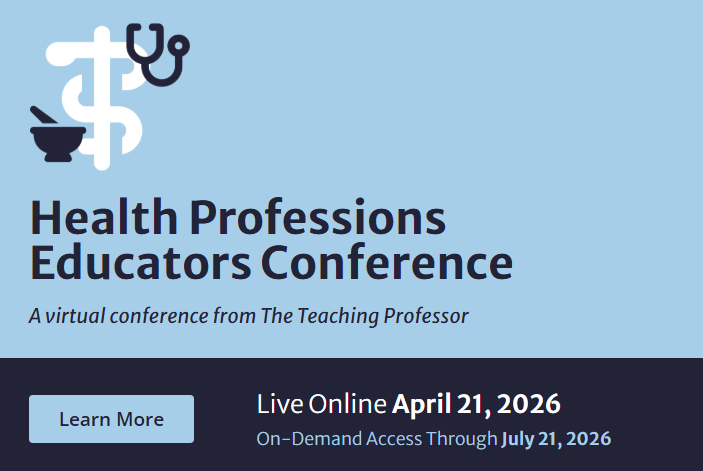Overcoming Eight Common Obstacles of Teaching Online
Anyone who teaches online has run into problems within their courses. Some of these problems can be complicated and if not correctly resolved can do major damage to the online instructor’s reputation and opportunity for teaching future courses. This month’s column tackles the worst of these.




